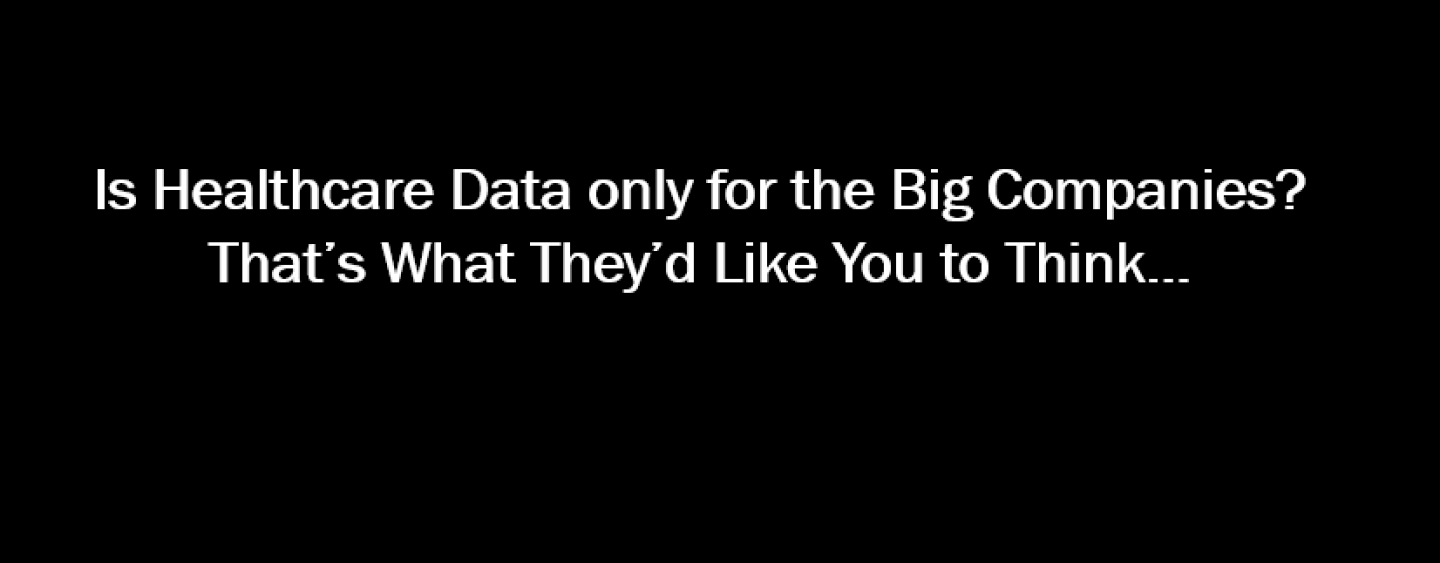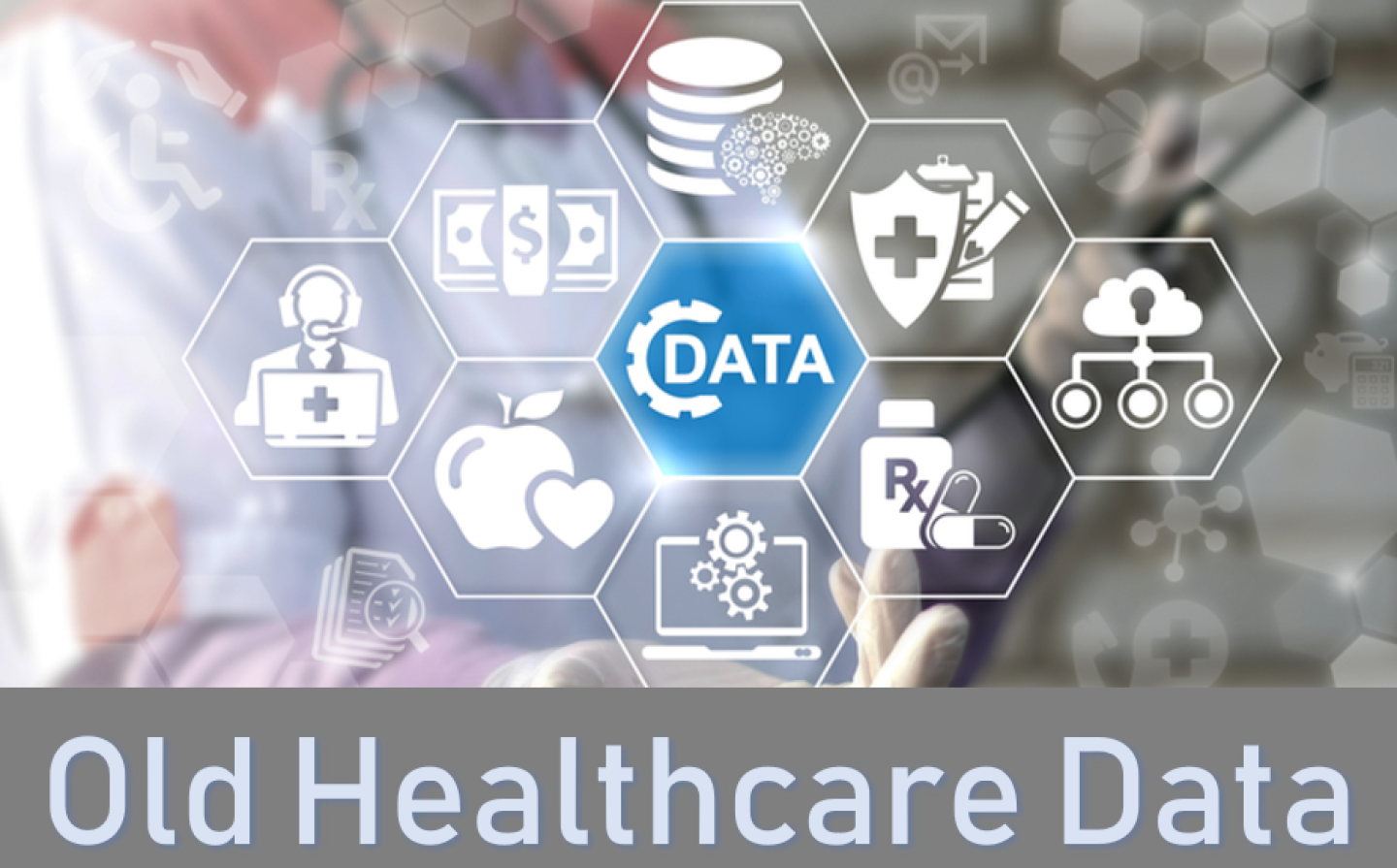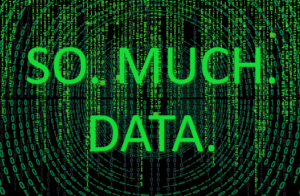Healthcare Data is expensive!
So expensive that the majority of Healthcare sales organizations never buy it.
Once it’s purchased it has an inherit diminishing value. It’s data in a spreadsheet from a snapshot in time, which unless you’re a Marketing Manager or an Excel Guru, you will never understand, let along use.

Why Did it Become So Expensive?
Buying and selling healthcare-related data is a huge business. It all started back in the 1980s when it became commonplace for the pharma industry to track doctors’ prescribing habits and use that information for their gains.
This data, as one might expect, doesn’t come cheap. Big US pharmacies, labs, and others in the sector are selling their data for tens of millions of dollars. Companies like IMS Health, alongside IBM Watson, and LexisNexis are a few of the better-known companies that buy this information. They then use it to connect physician practices with pharmaceutical and insurance companies, as well as other players that are looking for all sorts of insights into the medical marketplace as a means of better promoting their products.
But like we mentioned before, these companies are worth billions of dollars and have data-purchasing budgets to match. It means that they are the ones who set this high price for the information, in the first place, making it next to impossible for their smaller competitors ever to use it.
It is a monopoly in pretty much everything, except the name.

The Misconception about Data
All of the companies mentioned above would like you to believe that the only way Healthcare Companies can utilize data is to stroke a check for a minimum 5-6 digits. After all, they’re in the Data-Selling business. That’s how they make money!
Low and behold, what if we told you a lot of the data you’re looking for is public? Yes, that’s right, with a lot of time on your hands, some advanced database management experience and lastly some sort of tool to analyze and interpret all of this valuable data you could use it for free?
I guess “free” is a loaded term in this context. The time necessary to find, identify, decipher, load, re-load, organize, re-organize, unify, re-unify, display and then FINALLY use this data would likely take an experienced team a few years to do.
So, what if there was a turnkey way to utilize all of this data? Already stockpiled, already organized, already ready to go, already ready to go on your phone?
Most importantly, not a snapshot in time. An ever-changing, ever-growing system where data is continuously updated allowing for changes to happen just like they would in the real world…
The Solution is Here!
In the end, one of the things salespeople crave is data.
What physicians are doing what?
Who’s “In-Bed” with whom?
These are all things we as salespeople talk about during happy hour and text messages, but what if it was real? Not just gossip? What if it was in the palm of your hand? All in a tool that is simple enough for your kids to use?
Seems impossible right?
Conclusion
ProSellus is a data provider, analytics tool, and a CRM system all mixed into one. It combines all of these systems, and adds the user’s way of doing things, maximizing your results, in the process. But don’t take our word for granted.
Check us out and request a demo. The Future of Sales Acceleration is here…




